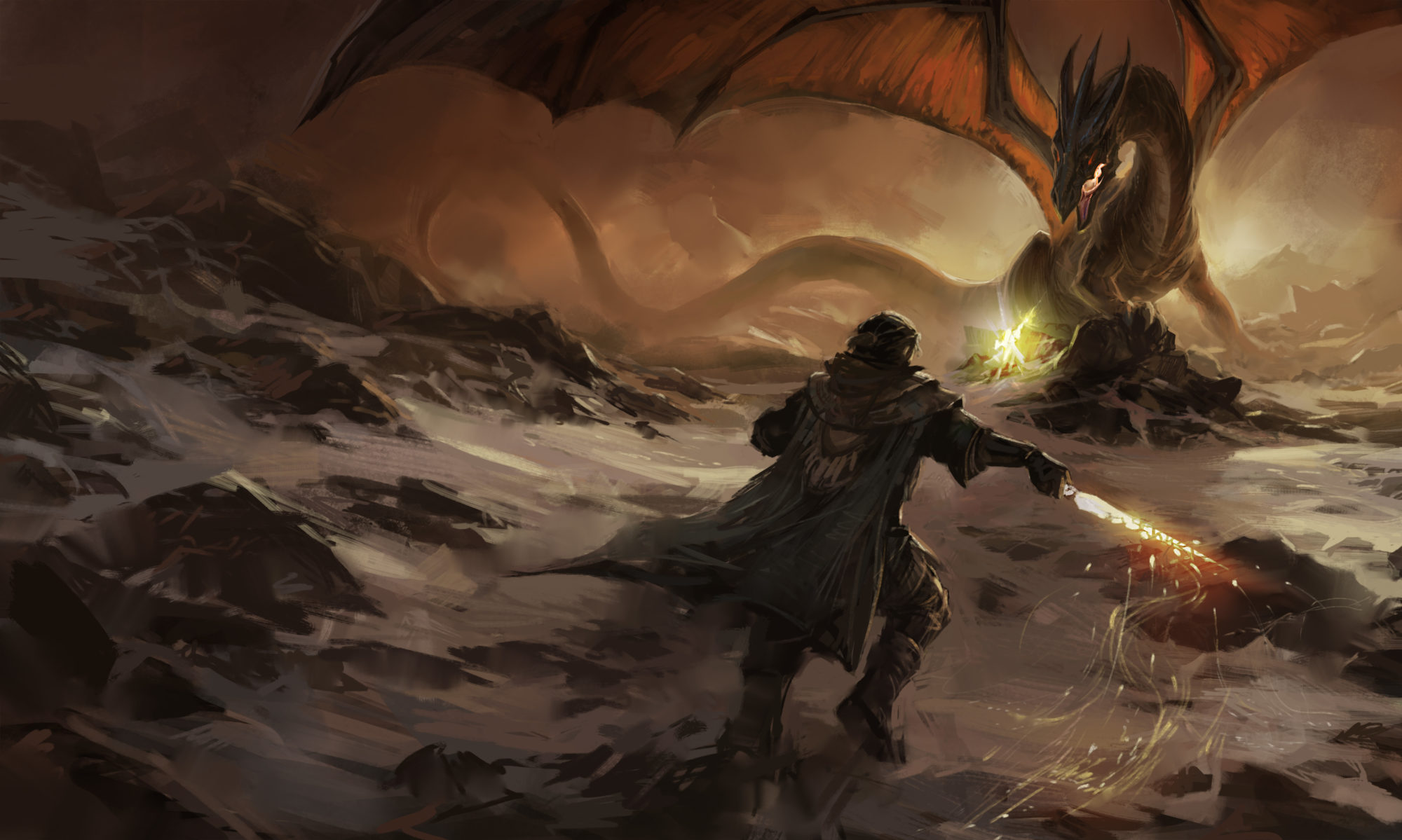At the Editor’s Desk
This week my works in progress included four books, and all of the How Tos. That’s not normally the way I run things, but this week has been an excellent exception.
Catching Up on My Reading
This week I didn’t get any new scenes written for The Girl Who Stayed the Same, but I’ve been busy reading anyway. I finally read through Chris Baty’s No Plot, No Problem (the NaNoWriMo book), and it was inspiring. I wanted to start writing right away. None of that’s a big surprise (most of you know I’m a three-time NaNoWriMo winner), but the message wasn’t a surprise and the book still got me ready to go. It’s incredibly well written. I recommend it highly.
I also picked up ePub: Straight to the Point this week, and started working my way through it. It promises to teach me everything I need to know about digitally publishing a novel and making it beautiful. So far I’m a couple chapters in and it’s telling me to do all the thing I’m telling you to do, but I have high hopes the second half will be the actual application bit.
Getting Behind on My Writing
And I’m not just getting behind on my writing for The Girl Who Stayed the Same. I’m making it worse by adding new projects to be behind on!
This week I designed and outlined a new e-Book that’s all about using Google Docs as a Documentation Production Environment (or, put simply, getting the most out of Google Docs). Much of the book’s foundation (just like the ePub book I bought) will be the stuff I’ve said here in the last month or so, but I’m going to get into some pretty detailed advice for management and publication in the e-Book that would be hard to present on the blog.
I’m also working on a new e-Book that’s all about writing a novel during NaNoWriMo. And yes, of course, my finally reading No Plot, No Problem is related to that. I needed to make sure my book wasn’t too much of a duplicate, and it’s not. I think the two guides could coexist quite peacefully.
Two new e-Books, three novels I’m working on at the moment, and the publication of Gods Tomorrow scheduled for September. It’s going to be a busy summer.
On Unstressed Syllables
This week we covered two major topics: programming your language and pointing your plot.
Sunday I introduced the Technical Writing series on programming languages with a story about writing a macro in VBA to handle complicated Word tasks. It protected my productivity and saved my sanity…and gave me a great chance to show off my technical skills, too.
Then on Monday I talked about automating tasks as a Technical Writer. Programming might not be a normal pastime for writers, but it’s an incredibly valuable one.
Then Tuesday I told you which programming language you should start with, if you’re ready to get started. Dive into Python. It’s a programming language that does its best to read like a human language, and it can do remarkably cool things.
On Wednesday, Courtney told us what she learned about writing this week from painting trees for Julie V. Photography. She told us to get really good at the things we’re good at, and…well, to get good at the things we’re not good at, too. I think Chris Baty would agree!
Thursday I introduced the Creative Writing series on plot points with a story about my high school graduation, and the dedication of my first home. Both of them were monumental moments in my life, and both of them proved to be major turning points in my story. I think that qualifies them for a couple hundred words of memoir, don’t you?
On Friday I talked about monumental moments and turning points in your stories. I explained the concept of plot points — what they are, and what they have to offer.
Today’s article came with a little caveat, though: they won’t really pull their weight until you learn how to write effective plot points. It’s a matter of deliberate design. You don’t have to outline every scene in your book, but every scene should know which plot point it’s moving toward, and what that change will bring.
Around the Web
I also found a couple of good articles around the web this week, that I thought you might find interesting.
- Jane at Writer’s Digest’s There Are No Rules insists that Self-Publishing and Online Publishing Will Not Ruin Your Chances at a Traditional Deal. It makes sense, and it’s certainly good news. I see the future of the industry working that way, even if the present of the industry doesn’t.
- Self-publishing advocate J. A. Konrath at A Newbie’s Guide to Publishing talks about The High Cost of Self-Promotion. He’s saying exactly what I want to hear…and that always makes me a little nervous. I’m hopeful, though. That’s what I want the future of the industry to be.
